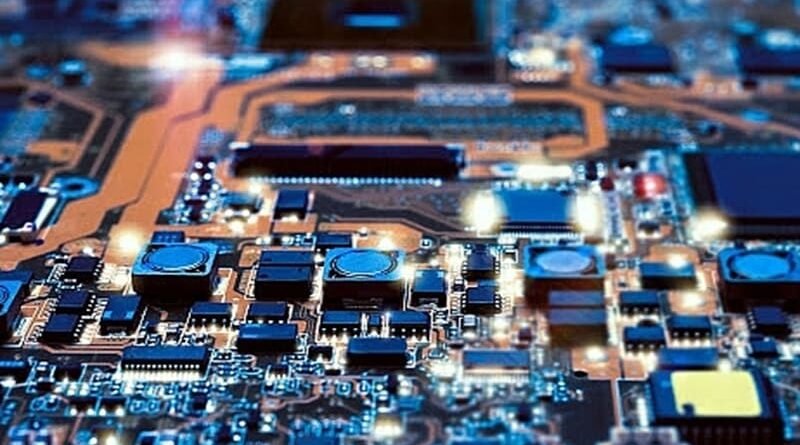What is PoE?
Power over Ethernet (PoE) is a network feature defined by the IEEE 802.3af and 802.3at standards. PoE provides power to network devices over the Ethernet cables used for existing data connections.
Devices with PoE capabilities can be either Power Sourcing Equipment (PSE) or Powered Devices (PD), or sometimes both. The device that provides power is the PSE, and the device that receives power is the PD. The Power Sourcing Equipment (PSE) can be either a switch or a non-PoE switch with a PoE power injector. Common PDs include VoIP phones, wireless access points, and IP cameras.
What are the benefits of PoE?
PoE uses a single cable for both power and data, saving you the expense of purchasing and running cables for network devices and VoIP phones.
Where installing new power cables in a building is expensive or inconvenient, PoE makes network installation and expansion both economical and simple.
With PoE, you can install devices in locations where it is impossible to install a power source, such as a ceiling.
Using PoE can reduce the number of cables and power outlets required, saving valuable space in a crowded computer room or wiring closet.
What is PoE+?
The latest update to PoE is the IEEE 802.3at standard, known as PoE+. The main difference between 802.3af (PoE) and 802.3at (PoE+) is that a PoE+ PSE can deliver about twice as much power over a single Ethernet cable.
A PoE+ PSE can power both PoE and PoE+ PDs, but a PoE PSE can only power PoE PDs. PoE+ PDs require more power than a PoE PSE can deliver.
How much power can a PoE device deliver?
PoE+ devices can deliver up to 30 watts per port, while PoE devices can deliver up to 15.4 watts per port. But there is always some power loss, depending on the cable length. The longer the cable you run, the more power you lose. The minimum guaranteed power provided by a PD is 12.95 watts per port, while PoE+ provides 25.5 watts.
A PSE also has a maximum power budget, which is the total power in watts that can be provided to a PD at one time. Most PSEs do not have a high enough power budget to provide the maximum possible power to all PoE-enabled ports, because most users do not need that much power. When you purchase a PoE-enabled PSE, it is important to carefully calculate the power budget required for all the PDs you plan to connect.
What does PoE Class mean?
PoE and PoE+ powered devices are classified into four classes, 0-4, based on the power they require. When a PD connects to a PSE, it provides its class to the PSE so that the PSE can provide the correct power to it. Class 1, Class 2, and Class 3 devices require very low power, low power, and medium power, respectively. Class 4 (PoE+) devices require high power and are only compatible with PoE+ PSEs.
Class 0 devices have not been assigned a class designation by the manufacturer, so most PSEs must allocate the same power to Class 0 devices as to Class 3 devices, even though the actual power used by the Class 0 device is much lower. However, new NETGEAR PoE+ switches can be used to define a power limit for PDs, regardless of their class. These switch models can also allocate power to other PDs based on the power limit you define, rather than simply allocating theoretical power based on the device class, which reduces power budget waste.
Can I mix PoE and non-PoE devices in my network?
You can mix PoE and non-PoE devices in your network, but non-PoE devices cannot power PDs or receive power from a PSE. Non-PoE devices must have their own power source.
Which NETGEAR switches have PoE capabilities?
All NETGEAR switches marked with a “P” after the model number and before a hyphen (-) (including “LP” and “PP”) are PoE capable, for example, GS308P, GS728TPP, GSM7252PS.
